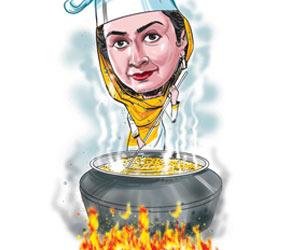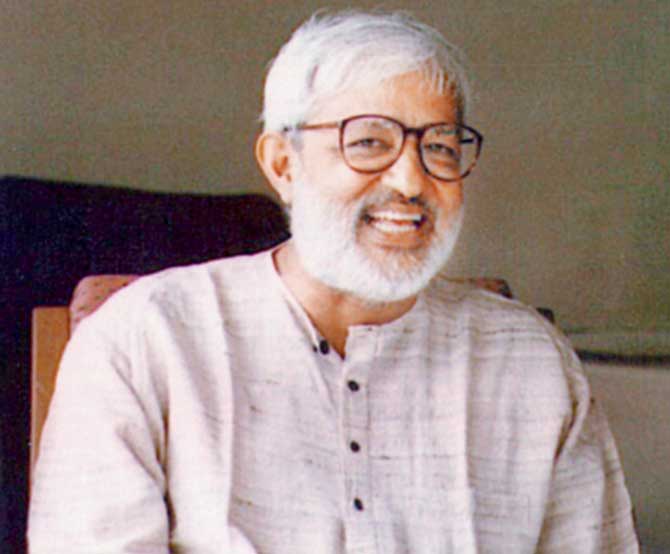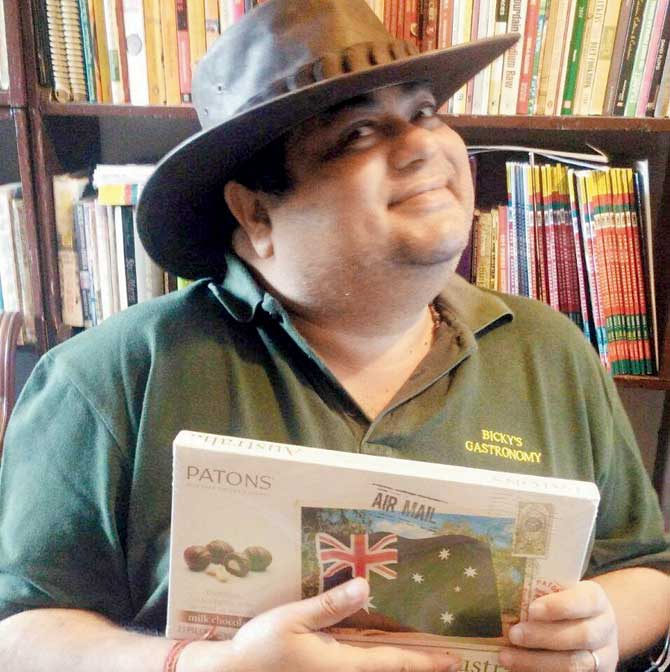Union Minister of Food Processing Harsimrat Kaur Badal had to clear the air after reports suggested that khichdi was to be India's national dish. Culinary experts lift the lid on its rich, comforting legacy

Union Minister of Food Processing Harsimrat Kaur Badal had to clear the air after reports suggested that khichdi was to be India's national dish. Culinary experts lift the lid on its rich, comforting legacy

Pushpesh Pant, Food historian and author
The first mention of khichdi is in the Vedas as kshirika. Years later, Al Bernini circa 1,000 AD called it the staple diet of India. So yes, it is already a national dish. Milestone versions are Birbal ki Khichdi, which has an apocryphal story about a dish that was made in Emperor Akbar's kitchen when his son, Salim, came home after conquering Gujarat.

Made of dry fruits and meat, it was a metaphor that Salim had "devoured" Gujarat, where khichdi was consumed. On the other hand, the Anglo-Indians made Kedgeree, with fish and eggs. In south India, Pongal is a version of the same dish.
Also read: India sets Guinness world record with 918 kg khichdi
In Puri's Jagannath temple, and in Badrinath, it is served as a prasad, but it is important to note it is not a vegetarian dish. We have some excellent meaty varieties like khichda (thick paste of beef, lentils and spices) and shola khichda (mince, rice, dal and vegetables).
Kurush Dalal, Food historian and archeologist
Both dal and rice have been part of the paleo-botanical records in archaeological excavations for the last 4,000 years. The question is: Were they cooked together? Was this eaten where both were grown? The answer is, khichdi is a generic term, and can be made with different grains.

While the dal is a critical component, there is no specification of the type. It can be tuvar, masoor, mung or chana dal. Rice, jowar, bajra, wheat and cracked wheat are options for the 'cereal' part. There are dry and wet versions. The urban version, cooked separately, is called dal-khichdi. It's the saviour dinner of single men.
Ashish Chopra, Delhi-based culinary historian
Two words describe it: soul food. An amalgamation of ingredients makes it a wholesome dish, which can have pulses, rice, vegetables and meat. The Angami Nagas call it galho. It is a pork version with greens, lentils and rice. In Mizoram, they call it sawchair. Just the way we say, life ki khichdi ho gayi, the dish is really about order from ingredients that are full of disorder.
Also read: Khichdi won't be named 'national dish', Harsimrat Kaur clarifies

Rajasthan has a muttony bajra-based soita, while Male in the Maldives has a prawns, lentil and rice preparation called Maltai. The masai of Kenya and River State, Nigeria - an area known for its spices and fish - make a fish sauce soup with rice, which is, in desi terms, a khichdi.

Also read: Khichdi to be branded India's national food on November 4
Mohsina Mukadam, Food historian and head of history department, Ruia College
The ingredients have remained the same since its first mention in the Vedas. While Emperor Akbar's kitchen is known for its khichdi, even Jehangir loved the Gujarati-style khichdi called Laziza (which means tasty), and Aurangzeb preferred a keema version. It was the best option to be cooked as prasad as it could end up feeding a large group without hassle.
 Subscribe today by clicking the link and stay updated with the latest news!" Click here!
Subscribe today by clicking the link and stay updated with the latest news!" Click here!









